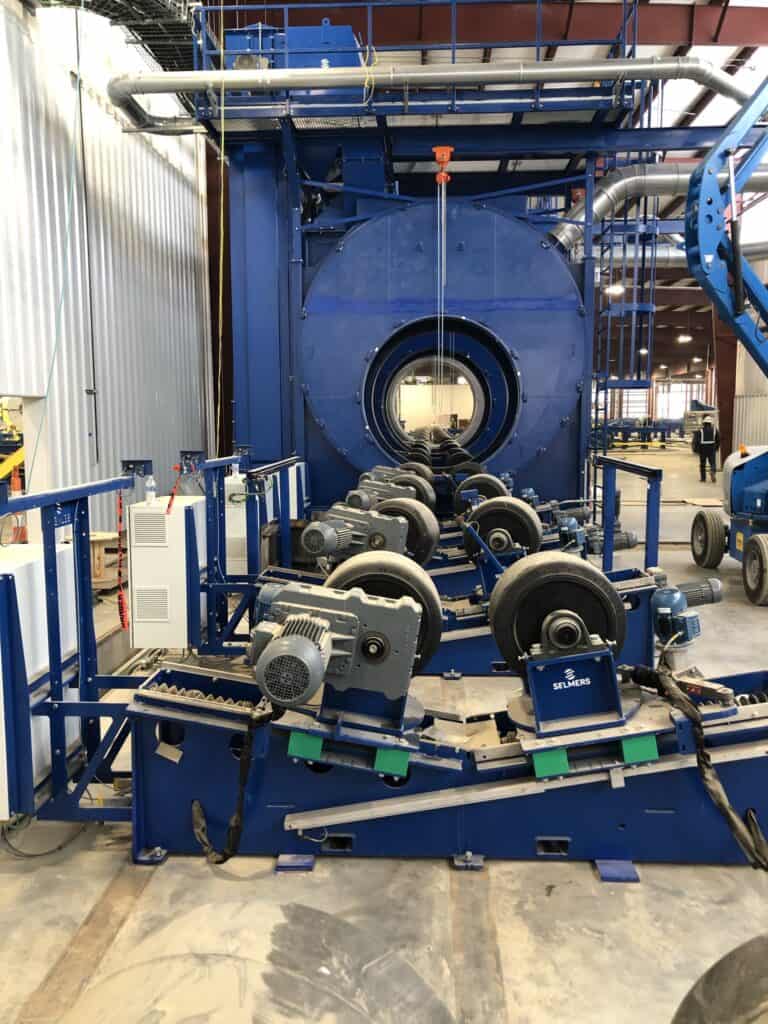‘Measuring is knowing’ and that is only positive. As management you can steer on data, you can increase your OEE on the production floor and even win a grand prix with it. Also in the field of quality more and more things are measured and made visible in figures and graphs. Smoothing out rough edges and getting away with an imperfection is, also for Selmers, decreasingly the case.
Up-to-par
These increased quality requirements are not so much dictated by certifications such as ISO or NEN. In practice it is mainly buyers of production companies and production companies themselves who raise the bar ever higher by intensifying the use of data. As a supplier, machine builder or engineering company, you automatically have to adapt. Partly because the custom work that we deliver at Selmers is more and more based on CTO (Configure to Order), the proven basic technologies that we use in this process must therefore be completely up-to-par and constantly be adapted to new requirements and wishes.
Data collection
In response to the fact that more and more customers work in a data-driven way and increasingly want to make decisions based on data, we developed the Selmers Plant Management System (SPMS). With SPMS we add a context to the data that is extracted from equipment through, for instance, PLCs. We always discuss the desired context in detail with the customer beforehand. Provided we get permission from customers, we can use their enriched data to optimize our own performance at the same time. Another important part of the data we need to meet the increased quality demands is collected through human observation.
Conversations and observations
Our process engineers can regularly be found on the work floor of our customers, for example for implementations, reviews and problem-solving. During these visits, they look far beyond the obvious. For example, they look at what the customer is capable of from a technical and human point of view. Moreover, they observe and analyze existing processes, including with regard to safety, and speak to employees such as operators. These conversations and observations provide a lot of useful information from many different angles. Operators, for example, may be concerned with quality, but they are above all focused on maximum output with minimum effort and minimal downtime.
Useful input for engineering and sales
All information and data are fed back to our own engineers and the sales department after or during the visit, which translates into more accurate quotations. This approach enables us not only to further optimize existing processes, but also to anticipate new, higher quality requirements. In some cases even before the customer asks for it. So even though fewer shades of grey, or none at all, may sound a bit disappointing, the operational benefits of our approach are at least as ‘exciting’.
Curious what solutions are available as CTO, and if it could actually fit your project? Take advantage of these crystallized technology concepts, to support the quality of your process and products! Contact sales to find out, or read more about how we do.






